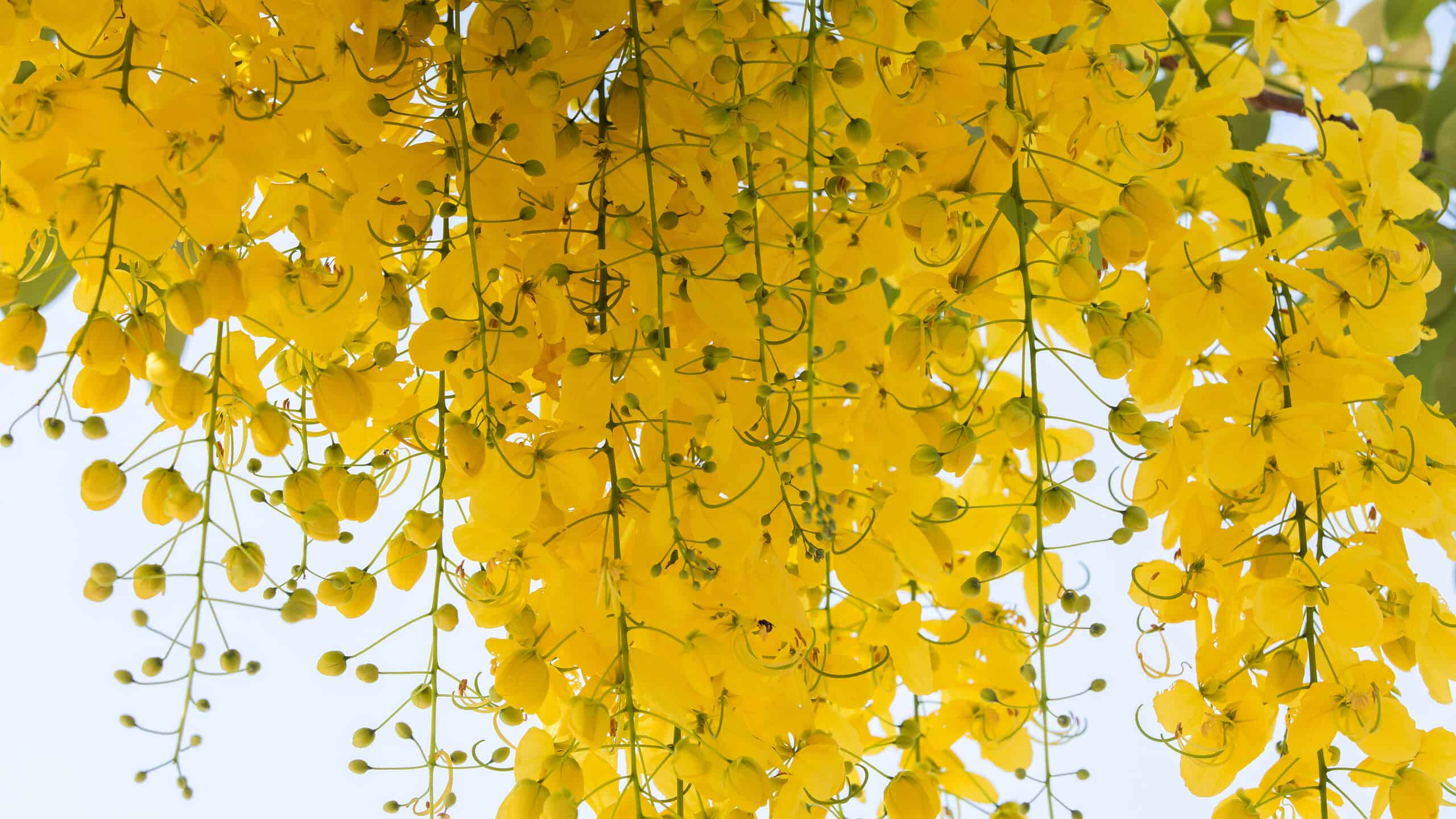
Cassia fistula
-Kani Konna(Amaltas)
- Also called as golden shower,purging cassia, Indian laburnum, pudding-pipe tree
- The species is native to the Indian subcontinent and adjacent regions of Southeast Asia, from southern Pakistan through India and Sri Lanka to Bangladesh, Myanmar and Thailand.
- It is a popular ornamental plant and is also used in herbal medicine.
- It blooms in late spring/earlysummer and grows well in hot, dry weather.
- Various species of bees and butterflies are known to be pollinators of C. fistula flowers, especially carpenter bees
USES:-
- Food
- In India, flowers of the golden shower tree are sometimes eaten by people.
- The leaves have also been used to supplement the diets of cattle, sheep, and goats fed with low-quality forages
- Medical
- In Ayurvedic medicine, the golden shower tree is known as aragvadha, meaning "disease killer".
- The fruit pulp is considered a purgative(Strongly laxative in nature)(NB:although it is an ingredient in some mass-produced herbal laxatives. When used as such, it is known as "cassia pods")
- In India, a cathartic made from the pulp is sometimes added to tobacco.
- A paste of the flowers is used as an ointment for pimples
Cultural & Historical Importance:
- The Indian laburnum is the state flower of Kerala.
- The flowers are of ritual importance in the Vishu festival of Kerala.
- The tree has been depicted on a 20-rupee stamp.
- The tree is frequently cultivated in Buddhist temples in Sri Lanka where the Sinhala name is Ehela, ඇහැල.
- Cassia fistula is both the national tree and national flower of Thailand – in Thai ratchaphruek (Thai: ราชพฤกษ์) and the blossoms commonly referred to as dok khun (Thai: ดอกคูน).
- In Laos, its blooming flowers known locally as dok khoun are associated with the Lao New Year. People use the flowers as offerings at the temple and also hang them in their homes for the New Year in belief that the flowers will bring happiness and good luck to the households.
- The tree has strong and very durable wood, and has been used to construct “Ehela Kanuwa”, a site at Adams Peak, Sri Lanka, which is made of C. fistula (ahala, ehela, or aehaela, ඇහැල in Sinhala) heartwood.
Plantation:-
- Soil
It prefers deep, well-drained, sandy loams with a pH range of neutral to slightly alkaline, and can withstand poor soils, coastal conditions, and full sun.
- Sunlight
Cassia fistula tree requires at least six hours of direct sunlight per day to thrive, and can be planted in gardens with long summers and lots of sunlight.
- Temperature
Warm and humid weather conditions are essential for the growth of the Cassia fistula tree, which is adapted to tropical and subtropical climates.
- Humidity
The ideal humidity level for this plant is 50%.Insufficient humidity leads to leaves turning yellow and abundant humidity may lead to leaves turning brown in colour
- Fertilising
Cassia fistula plants require a healthy amount of organic matter in the soil, but use inorganic fertiliser sparingly as too much can harm the roots.
- Pruning
Pruning is an important part of maintaining the health of Cassia fistula plants.
